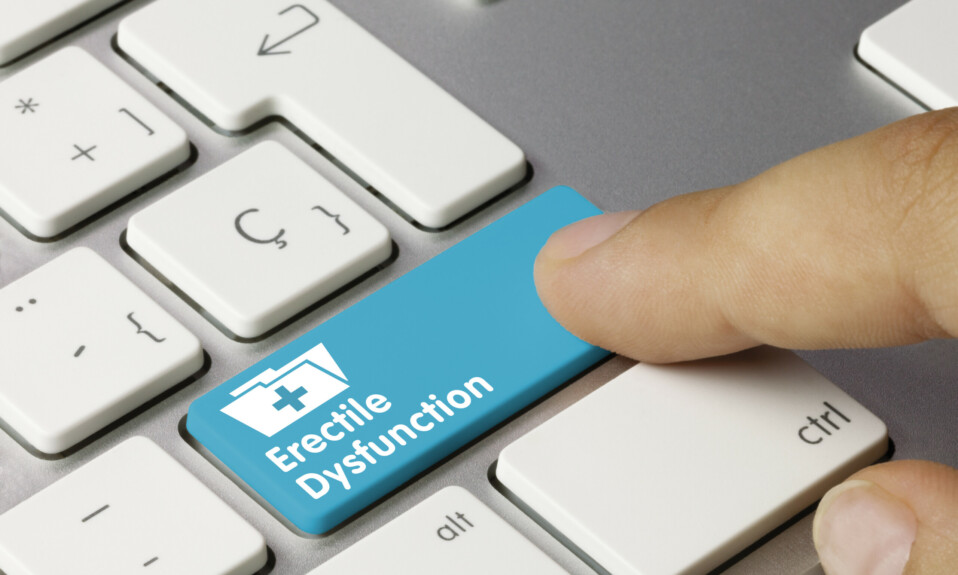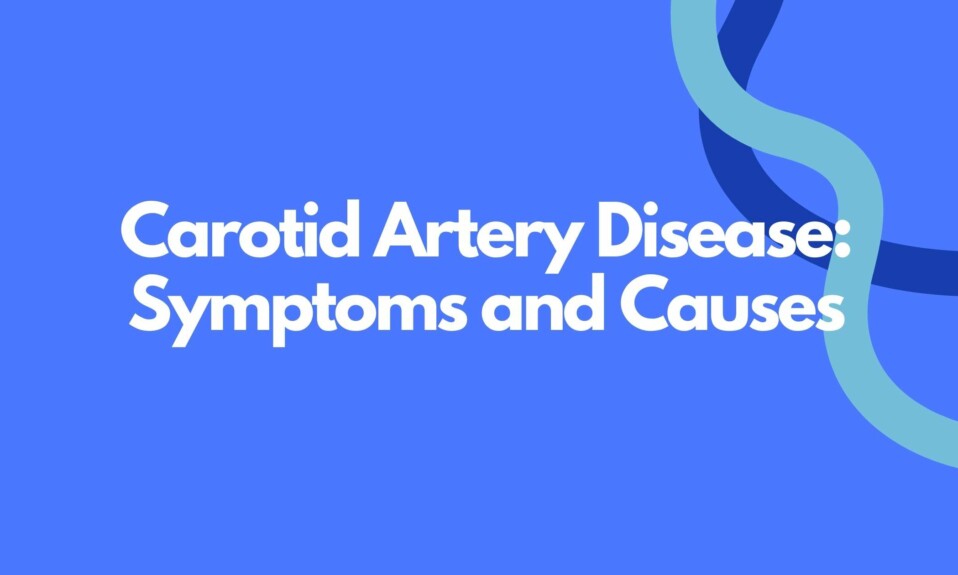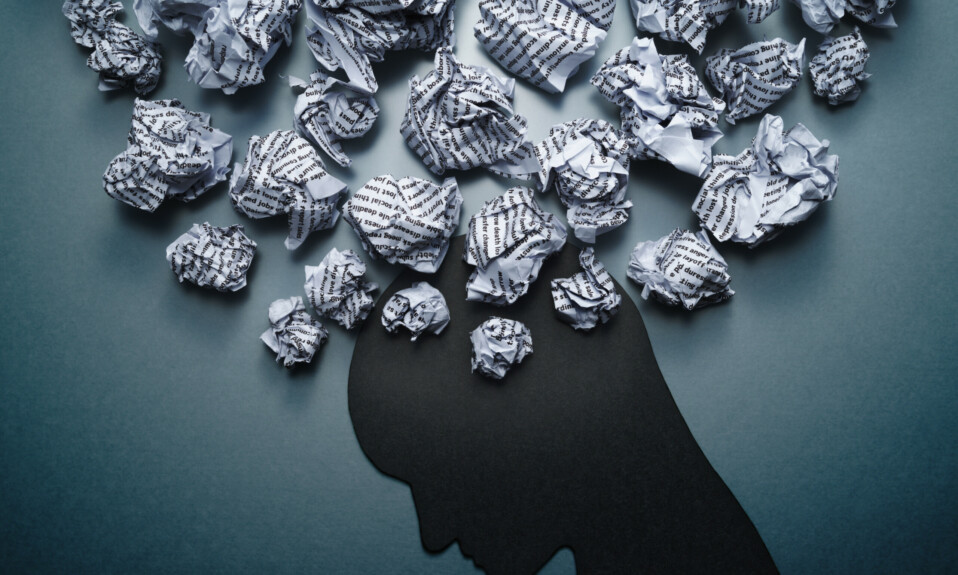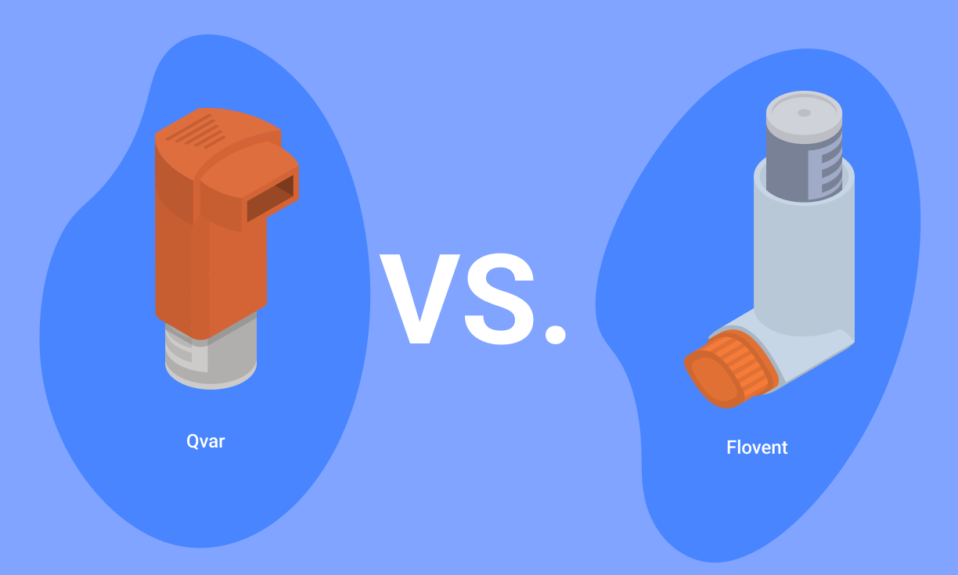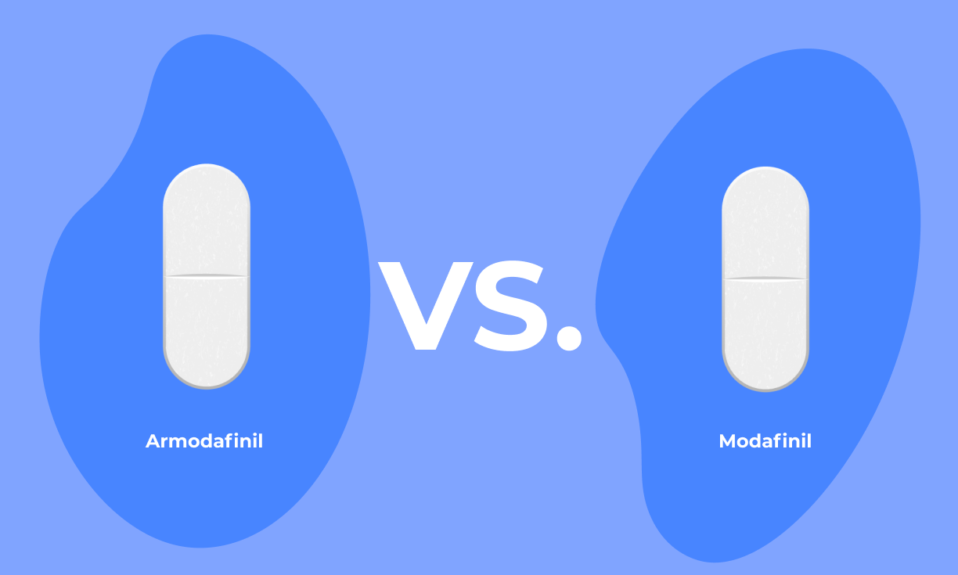Table of Contents Hide
- Prostate Size and Erectile Dysfunction
- 1. Erectile Dysfunction in BPH
- 2. Prostatitis: A Potential Cause of Erectile Dysfunction in Younger Men
- 3. Prostate Cancer and Prostate Cancer Treatment
- 4. Psychological Factors in Erectile Dysfunction
- Overcoming Erectile Dysfunction in Prostate Disease
- Summary
- FAQ
- Why is my erection not as strong as it used to be?
- Can you take Viagra if you have an enlarged prostate?
- Can an enlarged prostate keep a man from ejaculating?
- At what age does a man stops getting erections?
- Why do I get hard and then lose it?
- What happens if you leave an enlarged prostate untreated?
- What are the 5 warning signs of prostate enlargement?
- Can prostatitis be caused by not ejaculating?
- References
Erectile dysfunction is a common medical condition that affects about 30 million men in the United States. As men get older, they tend to struggle more commonly with erectile dysfunction (ED). However, there can be several underlying health issues that can cause sexual health issues in aging men. One common area with troubling conditions for men is their prostate gland.
Prostate conditions come in many forms and it is important to understand each one and their impact on sexual function. In this article, we will explore the physical and psychological mechanisms through which a swollen prostate can cause erectile dysfunction and the treatment options available to address this condition.
Prostate Size and Erectile Dysfunction
Prostate enlargement or swollen prostate and erectile dysfunction are two health problems that many men, particularly older ones, experience. These two conditions often go hand-in-hand, with research studies consistently finding a direct positive relationship between erectile dysfunction severity and prostate size.
Erectile dysfunction occurs when someone cannot get or maintain an erection firm enough for sexual activity. Occasional erection difficulties are expected, especially after the age of 50. Constant erection problems, on the other hand, underlie a pathological process that requires a diagnostic and may benefit from clinical intervention.
Besides benign prostate enlargement, changes in the structure of the prostate can also occur as a result of prostatitis and prostate cancer. We will discuss each of these conditions and how they can influence erectile dysfunction through biological and psychological mechanisms.
1. Erectile Dysfunction in BPH
Prostate enlargement is also referred to as benign prostate hyperplasia or BPH. The condition tends to affect older men because the prostate continues growing throughout most adult life. Its main symptoms are:
– Constant urge to urinate
– Little urinary flow
– Slow urinary flow
– Urinary incontinence
Medications for BPH treatment include Doxazosin (Cardura) and terazosin (Hytrin). These drugs consist of alpha-blockers, which can cause decreased ejaculation, low libido, and erectile dysfunction.
BPH symptoms can also be relieved with transurethral resection of the prostate. In this procedure, a surgeon removes the prostate tissue that blocks the urethra. Although not a common side effect, some men experience erectile dysfunction after surgery.
2. Prostatitis: A Potential Cause of Erectile Dysfunction in Younger Men
Prostatitis is the inflammation of the prostate. The swollen prostate usually in this condition is due to a traumatic injury or bacteria. Unlike BPH, prostatitis is more common in men younger than 50.
Prostatitis symptoms include:
– Constant urge to urinate
– Penis, bladder, or testicles pain
– Painful orgasms
– Pain during urination, and sometimes, blood in the urine
– Fever
Prostatitis can lead to ED through direct and indirect mechanisms. In milder forms of prostatitis, erectile dysfunction is more likely to occur due to decreased sexual pleasure. In more severe cases, prostatitis can limit blood flow to the penis, impairing erection problems.
3. Prostate Cancer and Prostate Cancer Treatment
Prostate cancer can lead to erectile dysfunction by damaging the tissues near the tumor and lowering the quality of life. In addition, prostate cancer treatment often causes erectile dysfunction.
Radiation treatment for prostate cancer can harm the erectile tissues. In addition, surgery for prostate cancer can severe the structures required for an erection, including nerves and arteries. Hormone-based therapies for prostate cancer, such as androgen deprivation, also increase the risk of erectile dysfunction.
4. Psychological Factors in Erectile Dysfunction
Severe symptoms resulting from a swollen prostate can have a major impact on the quality of life. For example, many people with BPH report social restrictions due to a constant urge to urinate. In some cases, these symptoms lead to depression, which, in turn, may contribute to erectile dysfunction, such as by lowering sexual drive.
Studies have shown that the frequent need to go to the bathroom at night caused by prostate inflammation affects sleep patterns, leading to chronic fatigue during the day. In parallel, lack of sleep or sleep disorders alter hormone creation and release. For instance, lack of sleep can lead to low testosterone levels – which regulates libido. A decreased libido can, in turn, lead to difficulties in getting an erection.
Sleep difficulties can also contribute to other problems, including anxiety and depression, two conditions that can negatively impact sex drive and, consequently, lead or contribute to erectile dysfunction. In addition, anxiety and depression can increase the severity of a sleep disorder, potentially spurring a negative cycle of insomnia, low mood, anxiety, and decreased sex drive.
Overcoming Erectile Dysfunction in Prostate Disease
Oral medication is the most commonly used treatment for erectile dysfunction, with Sildenafil (Generic Viagra) being the most well-known example, followed by Tadalafil (Generic Cialis). Some people, however, cannot take these drugs for medical reasons.
Artificial erections can be produced by vacuum pumps that force blood into the penis or by a surgical implant. This procedure can be considered by those who suffer from chronic erectile dysfunction that does not have a correctable cause.
Erection can also be obtained with injectable medication. Examples include MUSE, which can be inserted through the urethra, and Caverject, which is inserted into the penis and causes an erection in as little as 10 minutes. However, these approaches come with the inconvenience of engaging in these procedures each time an erection is desired.
If there is a good reason to believe that erection difficulties result from psychological problems (including stress, fatigue, or depression), psychotherapy and/or a lifestyle change should be considered.
Both physical and psychological mechanisms can contribute to or cause erectile dysfunction, often at the same time. For this reason, the treatment for chronic erectile dysfunction should not be started before the potential causes of the condition are investigated.
Summary
Prostate issues such as enlarged prostate (BPH), prostatitis, and prostate cancer can lead to erectile dysfunction in older and younger men. Psychological factors emanating from prostate health concerns can also lead to anxiety or depression, which in turn can cause erectile dysfunction. There are several treatments available for ED. However, it is important to talk to your doctor and get medical advice so the underlying cause of ED can be appropriately determined.
FAQ
Why is my erection not as strong as it used to be?
As you get older, erections might not be as firm because the lining of the arteries becomes less flexible and plaque in the arteries caused by high cholesterol limit the amount of blood flow that can reach the penis.
Can you take Viagra if you have an enlarged prostate?
Yes, Viagra can be an effective intervention for erectile dysfunction in people with an enlarged prostate.
Find the best price on generic Viagra, up to 90% off
Can an enlarged prostate keep a man from ejaculating?
Yes, an enlarged prostate can cause erectile dysfunction or ejaculation problems.
At what age does a man stops getting erections?
Erectile dysfunction becomes more common after age 50; nevertheless, around half of men over 75 can still get an erection.
Why do I get hard and then lose it?
If this happens recurrently, you suffer from erectile dysfunction. As discussed throughout this article, there are many causes for it, both physical and psychological.
What happens if you leave an enlarged prostate untreated?
Most cases of enlarged prostate are benign, and if symptoms are mild, there is likely no need for treatment.
What are the 5 warning signs of prostate enlargement?
Symptoms of prostate enlargement include constant urge to urinate, little urinary flow, slow urinary flow, and urinary incontinence
Can prostatitis be caused by not ejaculating?
No. There is no research that suggests that prostatitis can be caused by not ejaculating.
References
Abt, D., Hechelhammer, L., Müllhaupt, G., Markart, S., Güsewell, S., Kessler, T. M., … & Mordasini, L. (2018). Comparison of prostatic artery embolisation (PAE) versus transurethral resection of the prostate (TURP) for benign prostatic hyperplasia: randomised, open label, non-inferiority trial. bmj, 361.
Agustine, A., & Hendry, M. (2018). Sleep Quality Improvement of Benign Prostate Hyperplasia Patients After Transuretral Resection of Prostate. Sriwijaya Journal of Surgery, 1(2), 34-45.
Alvaro, P. K., Roberts, R. M., & Harris, J. K. A Systematic Review Assessing Bidirectionality between Sleep Disturbances, Anxiety, and Depression. Sleep, 36(7), 1059.
Calogero, A. E., Burgio, G., Condorelli, R. A., Cannarella, R., & La Vignera, S. (2018). Lower urinary tract symptoms/benign prostatic hyperplasia and erectile dysfunction: from physiology to clinical aspects. The Aging Male, 21(4), 261-271.
Capogrosso, P., Salonia, A., Briganti, A., & Montorsi, F. (2016). Postprostatectomy erectile dysfunction: a review. The world journal of men’s health, 34(2), 73-88.
Dunphy, C., Laor, L., Te, A., Kaplan, S., & Chughtai, B. (2015). Relationship between depression and lower urinary tract symptoms secondary to benign prostatic hyperplasia. Reviews in urology, 17(2), 51.
Favilla, V., Russo, G. I., Privitera, S., Castelli, T., Giardina, R., Calogero, A. E., … & Morgia, G. (2016). Impact of combination therapy 5-alpha reductase inhibitors (5-ARI) plus alpha-blockers (AB) on erectile dysfunction and decrease of libido in patients with LUTS/BPH: a systematic review with meta-analysis. The Aging Male, 19(3), 175-181.
Hunt, A. A., Choudhury, K. R., Nukala, V., Nolan, M. W., Ahmad, A., Ashcraft, K. A., & Koontz, B. F. (2021). Risk of erectile dysfunction after modern radiotherapy for intact prostate cancer. Prostate Cancer and Prostatic Diseases, 24(1), 128-134.
Liu, Q., Zhang, Y., Wang, J., Li, S., Cheng, Y., Guo, J., … & Zhu, Z. (2018). Erectile dysfunction and depression: a systematic review and meta-analysis. The journal of sexual medicine, 15(8), 1073-1082.
Ma, C., Cai, Z., Xiong, J., & Li, H. (2020). History of Prostatitis Is an Independent Risk Factor for Erectile Dysfunction: A Cross-Sectional Study. BioMed Research International, 2020.
Obiatuegwu, K., Atim, T., Abu, S., Aisuodionoe-Shadrach, O., & Dakum, N. (2021). Correlation between the severity of erectile dysfunction and prostate size in patients with benign prostatic enlargement. African Journal of Urology, 27(1), 1-7.
Oka, A. A. G., Duarsa, G. W. K., Novianti, P. A., Mahadewa, T. G. B., & Ryalino, C. (2019). The impact of prostate-transurethral resection on erectile dysfunction in benign prostatic hyperplasia. Research and reports in urology, 11, 91.
Rawla, P. (2019). Epidemiology of prostate cancer. World journal of oncology, 10(2), 63.
Shigehara, K., Izumi, K., Mizokami, A., & Namiki, M. (2017). Testosterone deficiency and nocturia: a review. The world journal of men’s health, 35(1), 14-21.
Sooriyamoorthy, T., & Leslie, S. W. (2020). Erectile dysfunction.
Wilson, J. M., Atkinson, C., & Hughes, S. (2013). Management of erectile dysfunction in men treated with androgen deprivation therapy. Trends in Urology & Men’s health, 4(3), 13-18.



